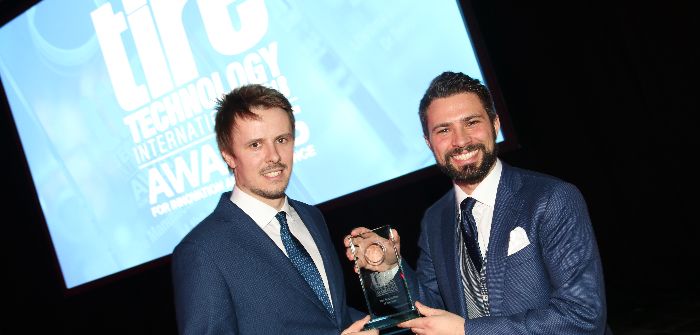Flavio Farroni, a researcher at the University of Naples, discusses recent breakthroughs at the university spin-off company MegaRide, which is focused on applied vehicle research and works closely with the vehicle dynamics group at the Italian university.
At the 2018 Tire Technology Expo Conference, members of the university research group including myself will present the latest advances in our R&D activities, developed this time with the cooperation of our testing facility, the Tyre Lab, and our spin-off company MegaRide.
Our work is mainly focused on developing a modular simulation tool that is able to reproduce and analyze in real time the effect of the tire/road interaction, accounting for thermal, frictional, wear and contact phenomena.
Furthermore, one of our PhD students will discuss the interesting results achieved during his research path, and one of our partners will illustrate an overview of our work on truck tire development and testing.
These activities have been mainly developed in an industrial context and within a motorsport environment. The physical models developed and the software tools derived from them can be run both offline – for data analysis and the objectification of tire and overall vehicle dynamics performance – and on driving simulation platforms, enhancing the level of realism for the driver and increasing the reliability of data acquired by such systems.
Moreover, the possibility of identifying the physical parameters belonging to the models, thanks to specific non-destructive testing procedures, opens up innovative scenarios for the characterization and the analysis of tire structures and compounds.
Our first aim for the future is the onboard implementation of our technologies. The increasing computational capabilities of embedded control logics will soon allow the real-time calculation of vehicle motion state thanks to physical models based on interaction with sensors and on AI algorithms. Such achievements will concretely build a bridge to the adoption of smart mobility criteria.
Furthermore, the development of smart tires and of the related physical models and process algorithms is a new frontier – whose success the team is deeply confident of and already operatively focused upon.
Our scientific and market growth in these last few years has been encouraging and highly motivating. Keeping the gradient (citing the inspiring robotics professor B Siciliano) is challenging, but the team is expanding and the automotive sector is becoming particularly sensitive to the themes related to the optimization of tire working conditions.
Strategic partnerships with motorsport teams, vehicle and tire manufacturers and simulation companies are a great opportunity to guarantee continuous updates to the technologies we propose. Having to find a solution to the problems people ask us to solve is an incentive to investigate in depth the fascinating physics that is hidden behind those ‘black and bouncy objects’ we use to equip our vehicles with.
But primarily, the real key is the synergic relationship with university and research systems, a natural source of open innovation, enabling us to ‘take our time’ to dedicate resources and to concentrate on complex topics. This allows our students and researchers to focus their efforts on a target involving their professional growth and strengthening of the research group.
Flavio Farroni, researcher, University of Naples



